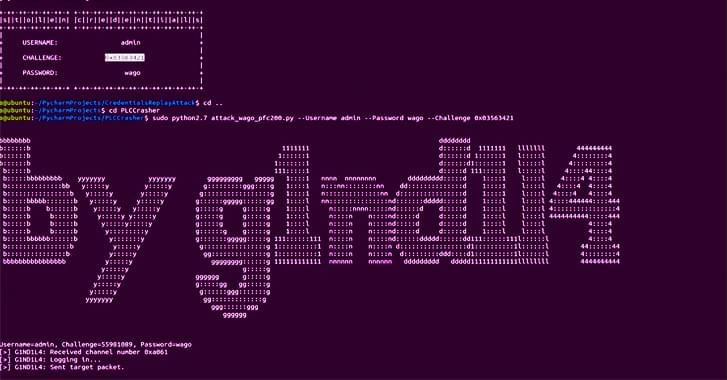Known as Dynabeads, a novel optical signature within them confirms a target pathogen’s presence in under a second.
MIT engineers have discovered a new optical signature in a widely employed class of magnetic beads, enabling rapid detection of contaminants in various diagnostic tests.
For instance, their study, accessible on ArXiv (awaiting peer review), highlighted the beads’ newfound capacity to swiftly expose traces of the foodborne pathogen Salmonella.








